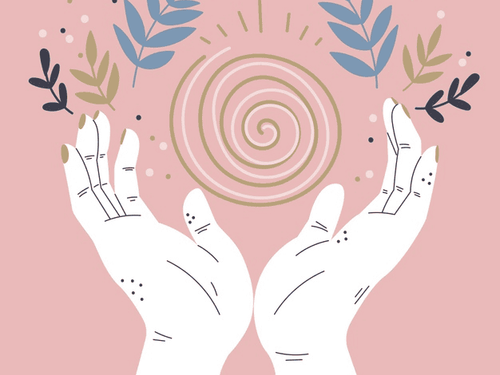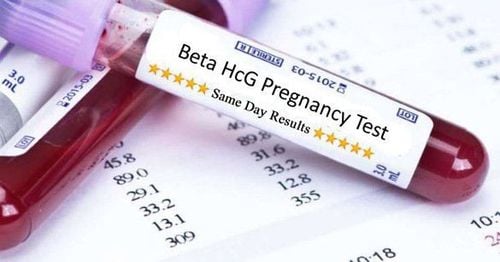This is an automatically translated article.
Article by Master, Doctor Nguyen Thi Hang - Laboratory Doctor - Pathology Unit - Laboratory Department of Vinmec Times City Hospital
Just because you understand Reiki doesn't mean the rest of the world does. In some areas, Reiki is still associated with myths and misconceptions, some of which will surprise you.
1. Reiki is a sect or religion
Although Reiki is associated with spirituality, it is not associated with any religion or sect. You won't find any Reiki-related church, priest, sermon or mass. And you will never find a group of Reiki practitioners with fanatical views, despite pursuing and giving money to the leaders. Those who practice Reiki are not believers but independent thinkers.
Even the principles that underlie Reiki have no connection with any religion.
The five foundational principles of Reiki are:
“Just for today...
I will let go of my anger
I will let go of worry
I will respect my parents, teachers and elders
I will do my job honestly
I will show gratitude to every living thing.”
2. Reiki is a new age complication
Since Reiki originated in Japan by Master Mikao Usui in the early 1900s, it precedes the New Age Movement by about 70 years. Reiki is not complicated at all. In fact, Reiki is quite easy to understand and simple, it all revolves around the energy that is transferred from the student to any subject. Reiki does not set any rules, regulations on how to dress, there are no mandatory meetings, secrets or any other complications.
3. Reiki Can Heal Everything
Reiki does not have the ability to heal everything. Instead, Reiki aids in creating a relaxing environment and promotes a mind-body state conducive to healing. Healing involves alleviating symptoms and addressing the underlying causes of health conditions. Reiki healing involves mental and emotional release and balance to help find the root cause of a medical condition, keep treatment on track, and create an optimal environment for the body to continue. receive treatment.
The reality is, treatment that targets the root causes can alleviate symptoms and physical conditions, but most of all, we can find this in Reiki instead of conventional healing.
4. You only need to practice Reiki once for it to work
This will be fine for most people, but it's not entirely accurate. While some people can feel a noticeable effect after a single practice session, others do not. Reiki works to promote healing. At the same time, healing is a process that needs to be done over a period of time to see results. Usually, a person should go through at least three or four sessions of Reiki practice to experience significant changes. Many people start with a series of ten sessions and adjust their energy monthly thereafter.
5. Since Reiki uses divine energy, it's free
The energy source is certainly free, but gaining the skill and ability to use Reiki energy to heal is not. The same goes for setting up a classroom, the cost of websites, advertising, facilities as well as for research so that the participants always have access to new knowledge and development trends. best.
People are paying for the skills and expertise that instructors, Reiki masters have developed, the same way you would pay other healthcare providers you still use .
Next time someone tells you about myths or fantasies about Reiki, don't get angry. Instead, take it as a blessing because ultimately, you can help them point out the truth, so they can pass that knowledge on to others.
Please dial HOTLINE for more information or register for an appointment HERE. Download MyVinmec app to make appointments faster and to manage your bookings easily.
Source: https://iarp.org/reiki-myths-that-drive-you-nuts/













